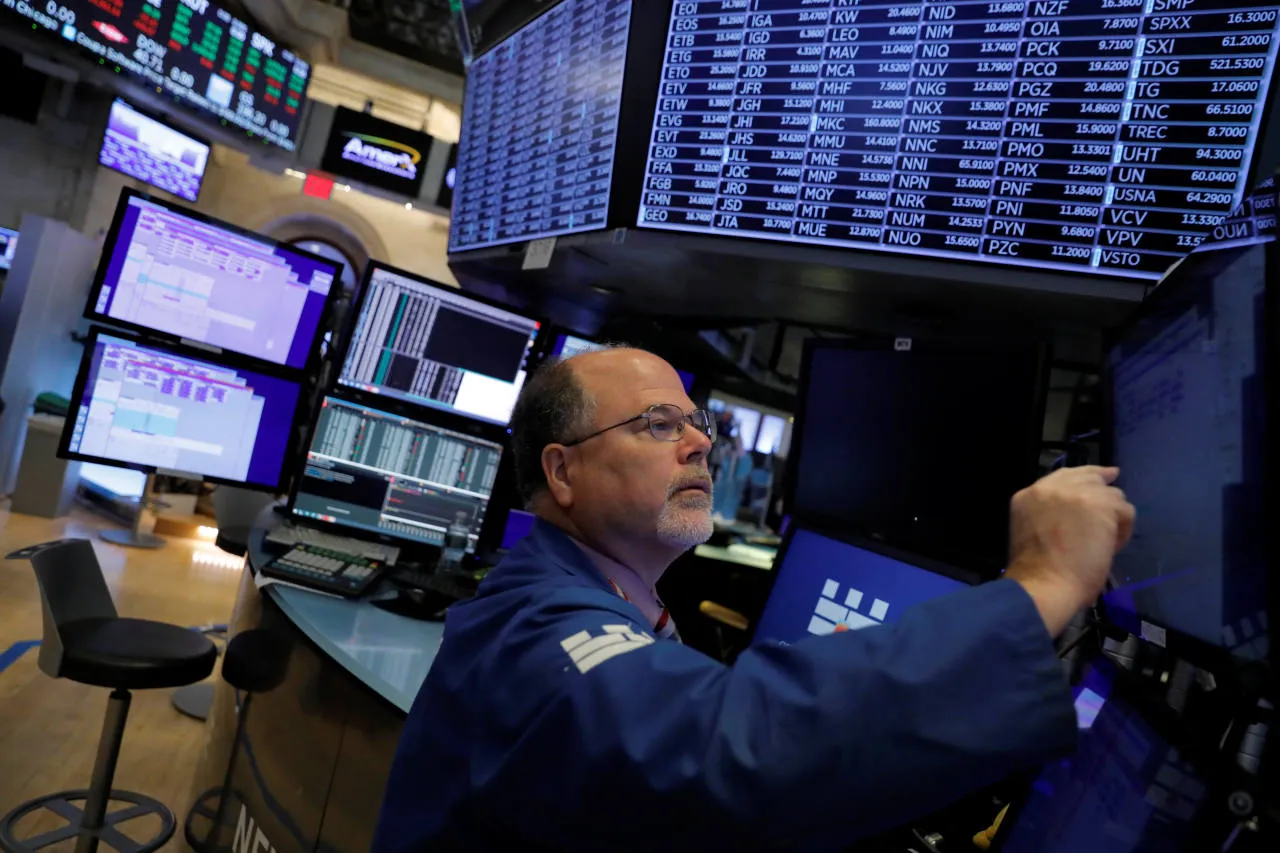Samantha Greer doesn't fit the typical image of a day trader. The 46-year-old lawyer from Nottingham, England, starts her mornings at 5 a.m., studying market charts and placing currency trades—sometimes risking £1,000 (about $1,350) if she’s feeling confident, or a few hundred if she’s not. After her early-morning trading session, she prepares breakfast for her son, drops him off at school, and begins her legal job at 10 a.m.
What makes Greer particularly unique is her trading preference. Unlike many retail traders chasing volatile meme stocks, leveraged ETFs, or cryptocurrencies, she focuses on the foreign-exchange (forex) market. While forex trading has long been a niche among retail investors—except in Japan, where it's deeply popular—interest in trading currencies is rising across Asia, Europe, and parts of the Americas.
Some are drawn in by economic volatility, like the spike in exchange-rate swings during Donald Trump’s trade wars, others by social media hype, and still others, like Greer, by online courses—hers via LinkedIn. “I find it absolutely fascinating,” she says.
This growing enthusiasm is reflected in trading data. According to Finance Magnates Intelligence, retail traders poured about $600 billion a day into forex markets during the first half of 2025, up 28% from the same period in 2024. When Japan is excluded—where retail forex activity has plateaued—volume growth shoots up to 51%, and a staggering 174% compared to five years ago.
Despite this growth, $600 billion remains small compared to the $7.5 trillion traded daily in global currency markets. Still, it represents a massive collective bet by amateurs, many trading part-time, that is starting to raise alarms among finance professionals.
Currency trading carries unique risks. Unlike stocks or crypto, it’s a zero-sum game—when one trader wins, another loses. And if you're someone like Greer, your opponent could be a highly skilled Wall Street trader. Factor in leverage—where traders borrow money to increase their exposure—and the dangers intensify. “We do not and will not encourage FX trading for most retail clients,” says Thomas Q. Hansen, COO for Asia-Pacific at Saxo Bank. Still, he acknowledges a steady uptick in retail forex trading, often from individuals emboldened by stock market success.
Some traders have quickly learned the perils of forex. Bangkok-based tech developer Wasin Thonkaew has consistently lost money. “Not good,” is how he summarizes his returns. In contrast, Ryhan Choudhury, known online as “the euro trader,” experienced a dramatic ride: a £3 million fortune, followed by massive losses and debt, and now a more conservative trading approach. “You either have consistency or you can be a gambler,” he says.
Greer also struggled initially, suffering losses due to beginner mistakes. Her fortunes changed once she began mastering technical analysis. Now, she favors trades involving the yen, especially against the dollar and the pound, capitalizing on the yen’s 2025 rebound as Japanese interest rates rose. Her approach emphasizes preparation, chart study, disciplined risk-taking, and modest use of leverage.
This sets her apart from many day traders who rely on contracts for difference (CFDs)—complex derivatives that often involve significant borrowing. Even in countries with strict rules, retail investors can borrow up to $20 for every $1 they invest. In loosely regulated regions like the Seychelles, leverage can reach 500-to-1. This, says Hansen, is exactly what’s driving the forex boom—and his primary concern.
Most retail traders, he notes, end up losing money, a trend confirmed by broker disclosures and recent market volatility, such as the dollar’s steep decline following Trump’s new tariffs.
Steven Hatzakis of ForexBrokers.com offers a blunt assessment: “People think they’re going to get rich and that’s usually never the case. The odds are against them.”
Japan remains the historical epicenter of retail currency trading. With low interest rates and a sluggish stock market, Japanese investors have long turned to forex as a way to grow their money, often influencing global currency movements.
For instance, their buying helped push the yen higher in August last year. But today, growth in retail forex activity is coming from countries like Vietnam, India, and Mexico. In the U.S., however, the trend is more subdued due to restrictions on CFD trading and a general lack of concern about exchange rates given the dollar’s dominance.
At Interactive Brokers, forex trading by retail clients made up only 13% of stock trading volume in early 2025. Still, that figure jumped over 30% from the prior year, signaling increased interest. Much of that growth is fueled by self-proclaimed experts promoting their strategies on YouTube and X (formerly Twitter). Greer finds this reckless. “People think they can teach too soon,” she says, noting she wouldn't dream of doing so herself.
Instead, she sought guidance from a seasoned professional: Beat Nussbaumer, a former trader at UBS and Goldman Sachs. With his help, Greer has adopted the lingo—using phrases like “five clip short all on” and “100 pip day”—and receives real-time trade alerts throughout her day. While in meetings with legal clients, she sneaks glances at her phone to check her positions, adjusting them when needed.
Despite moments of feeling overwhelmed, Greer remains committed. “I’ve spent a lot of money and time on this. I’m gonna do it,” she says. She enjoys the challenge of analyzing markets and the rush of a successful trade. “Now it’s all I do,” she adds, before clarifying: “Well, not all I do. I do the boring legal work just to pay the bills.”

Subscribe to our newsletter!
As a leading independent research provider, TradeAlgo keeps you connected from anywhere.








